Sewing is a versatile skill that everyone should have! It allows you to create and repair various fabric-based items. Before diving into complex sewing projects, it is essential to master a few basic stitches that will serve as a foundation for your sewing journey. Let’s explore five commonly used stitches:
1. Running Stitch

The running stitch is the most straightforward stitch you can learn. Just imagine that you are “running” the needle and thread through the fabric. Follow these steps:
- Start by inserting the needle from the backside of the fabric to the front.
- Make a small stitch by inserting the needle back into the fabric, a short distance away.
- Repeat this process to create a line of evenly spaced stitches.
2. Backstitch

The backstitch is excellent for creating strong and durable seams or decorative designs. Here’s how it’s done:
- Bring the needle up through the fabric, slightly ahead of the starting point.
- Insert the needle back into the fabric at the starting point.
- Bring the needle forward again, a short distance ahead of the previous stitch.
- Insert the needle into the fabric at the end of the last stitch.
- Repeat this process, alternating between bringing the needle ahead and inserting it at the end of the previous stitch.
3. Whipstitch

The whipstitch is commonly used to join two fabric pieces together or add decorative elements. Follow these steps:
- Align the fabric pieces so that the edges touch.
- Insert the needle through the first fabric piece, then through the second piece.
- Bring the needle back up through the first piece and repeat the process.
- Keep the stitches close together to provide a secure hold.
4. Blanket Stitch

The blanket stitch is useful for finishing edges or sewing appliques. Here’s how to achieve it:
- Start by bringing the needle up through the fabric, at the desired distance from the edge.
- Insert the needle back through the fabric, this time passing it through the loop created by the thread.
- Pull the thread, creating a loop on the fabric’s edge.
- Repeat the process along the edge, maintaining consistent loop sizes.
5. Slip Stitch (Blind Hem Stitch)

The slip stitch is perfect for creating seamless, invisible hems or closures. Follow these steps:
- Fold the fabric edge to create a hem, leaving a small folded edge.
- Insert the needle through the folded edge while grabbing a tiny bit of the main fabric.
- Move along the hem, inserting the needle through the folded edge and the main fabric in small intervals.
- Ensure that the stitches remain consistent in size to maintain an invisible finish.
Remember, practice makes perfect! Take your time to master these basic sewing stitches, and you’ll be ready to tackle more complex projects in no time. Happy sewing!
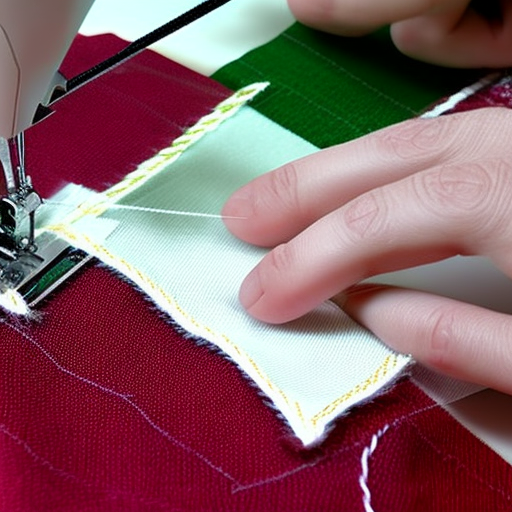
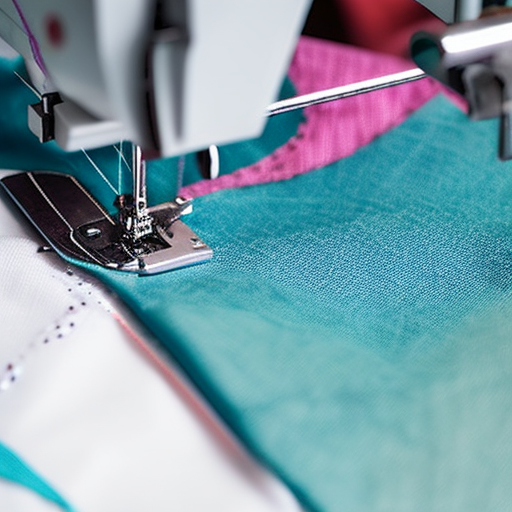
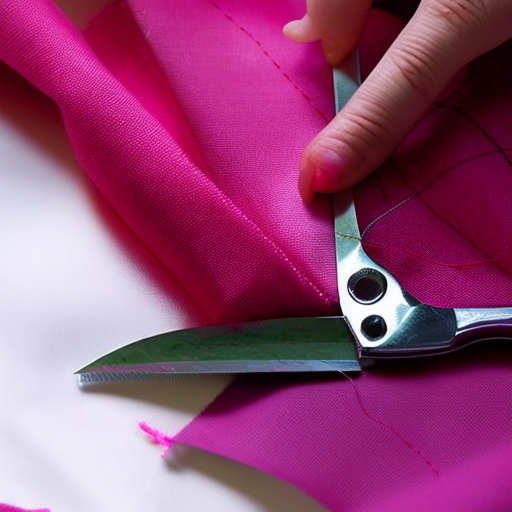
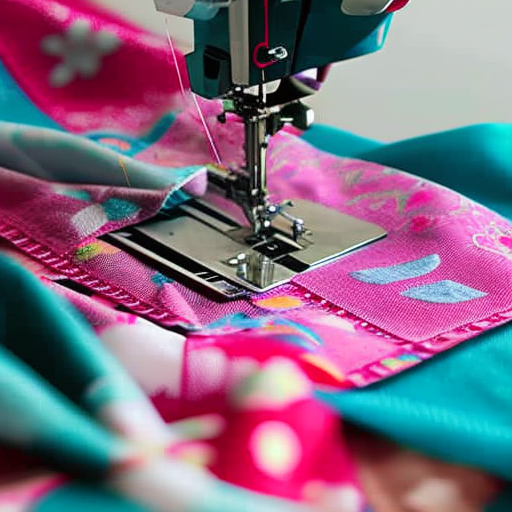
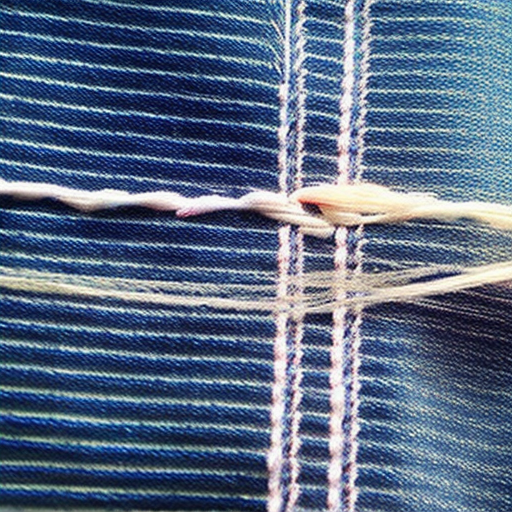
Great post! Thank you for sharing!
Excellent! This post is definitely an invaluable resource for anyone wanting to learn the basics of sewing. I’m looking forward to checking it out and trying out some of the basic stitches myself!
This is an amazing guide! Can’t wait to give it a try.
What an amazing resource for sewing beginners! I’m sure this post will provide all the necessary information and explanation needed to learn how to sew basic stitches in no time! Can’t wait to check it out and start practicing!